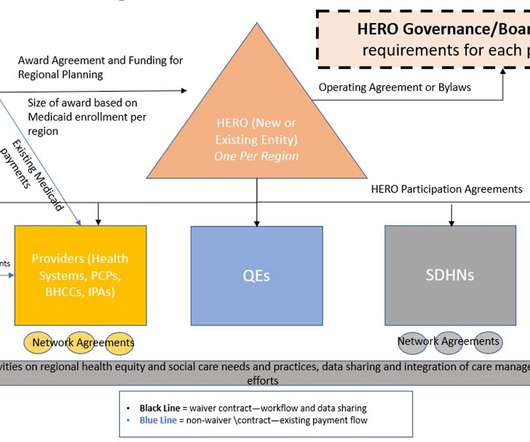Not All QHINs Will Be Created Equal
Healthcare IT Today
OCTOBER 18, 2022
In January, the Trusted Exchange Framework and Common Agreement (TEFCA) became a reality, and in October applications opened for organizations seeking designation as Qualified Health Information Networks (QHINs). Currently, perhaps 99% of health data exchange is initiated to support treatment. The Case for Federal Agencies.













Let's personalize your content